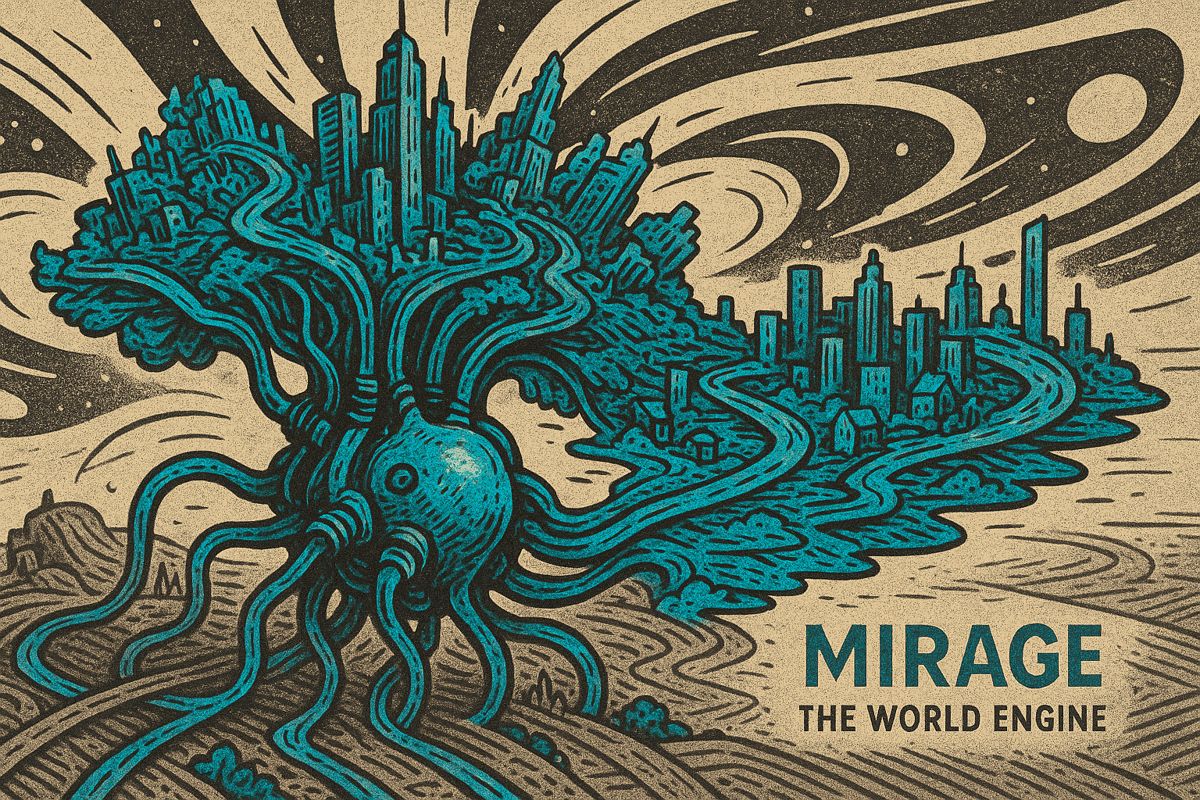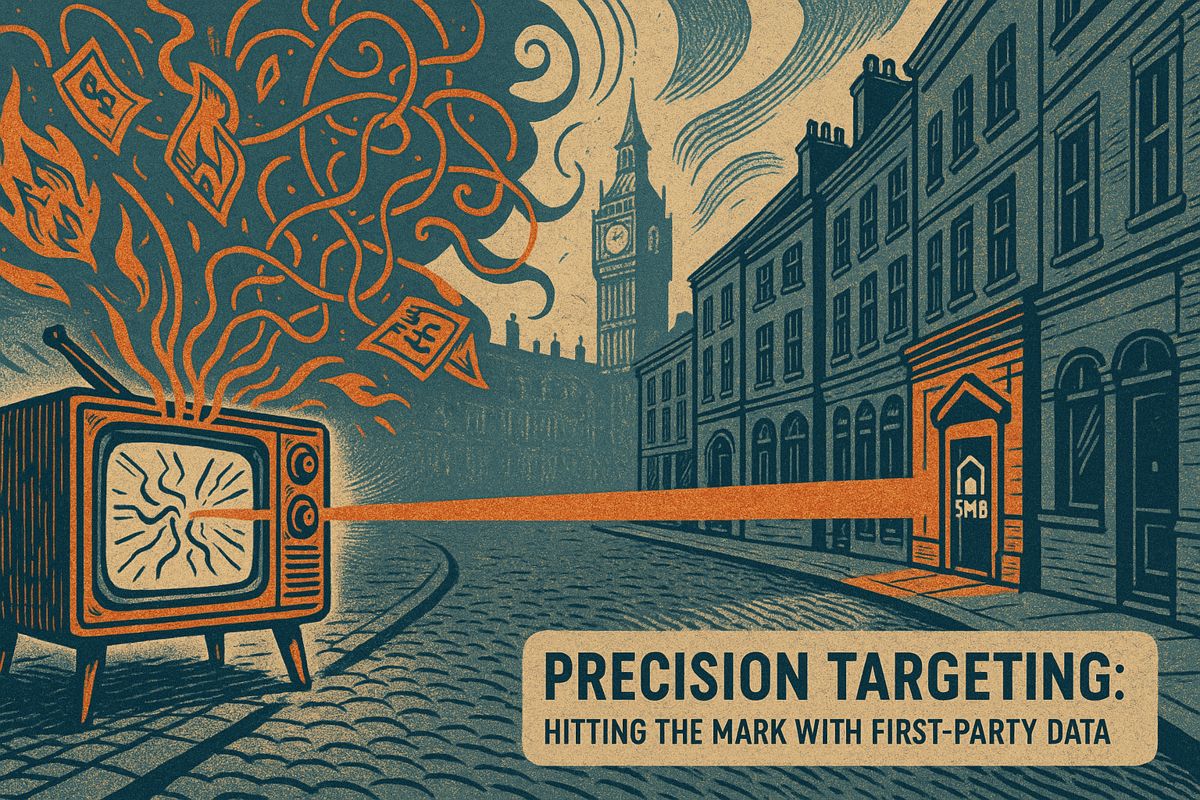Imagine a magical new game engine called Mirage that builds entire worlds right before your eyes, in real-time! It’s like the game itself is dreaming up new places as you play, making every adventure truly unique. This clever AI engine helps creators whip up amazing game worlds super fast, instead of spending ages building everything by hand. It’s a thrilling peek into the future, where games feel alive and ever-changing, shaping themselves just for you.
What is Mirage and how does it impact game development?
Mirage is a generative AI engine developed by Dynamics Lab that creates real-time, fluid game environments. Unlike traditional methods, it actively crafts content as players interact, offering dynamic and unique experiences. This technology enables developers to rapidly prototype worlds, shifting game design towards AI-driven synthesis rather than manual asset creation, significantly speeding up development and changing how game worlds are built.
A Flicker From the Past, A Glimpse of Tomorrow
Sometimes, technology feels like it’s standing on the threshold of memory and innovation, prying open a secret door in my mind. Not long ago I watched Dynamics Lab’s Mirage demo—a real-time, generative AI engine that conjures sprawling cities on the fly. My screen glowed with its shifting landscapes, reminding me of late nights tinkering with Doom map generators in 1996. There was something almost electric about the unpredictability and chaos back then. The results? Often a crash, sometimes a triumph, always a jolt of possibility.
I can still hear the crunch of those ancient sound cards struggling to catch up—a sensory detail that refuses to fade. Mirage, by contrast, moves with the silent confidence of a chess grandmaster. It doesn’t just remix old assets, it builds, adapts, thinks. Is this what we always wanted? Or is it a little uncanny, watching an algorithm swirl up something that used to take teams months?
Facts, Figures, and a Hint of Sorcery
Let’s ground ourselves for a second. Dynamics Lab recently unveiled Mirage, a prototype built on generative AI. It claims to be the first engine to offer a real-time “world mode” for games, shifting away from static, pre-designed levels to fluid, player-responsive environments. The AI, powered by models reminiscent of GPT-4 and Stable Diffusion, actively crafts game content as players interact, making each moment unique.
The implications ripple out like waves in a pond. Developers can prototype new worlds in minutes, not months. Instead of laboriously handcrafting every detail—a process that always felt Sisyphean to me—they can prompt, tweak, and replay rapidly. Mirage’s approach demands algorithms that synthesize, not just rearrange, injecting a certain baroque complexity into game design. Is it the end for classic asset pipelines? Maybe not, but the tectonic plates are shifting.
I’ll admit, when I saw Mirage’s first demo I felt a weird admixture of excitement and anxiety. Its visuals remain rough around the edges—an uncanny valley effect that’s almost tactile. But the progress is relentless: each iteration sharper, more cohesive, as if the ghost inside the code is learning to dream with us.
Co-Creation, Control, and the Shape of Play
That brings me to the philosophical bit. Mirage is more than a new tech toy; it’s a siren song for those of us who’ve ever wanted to shape worlds with a sentence. Imagine: “Make it autumn, flood the streets, fill the skyline with vintage cars.” The engine responds—immediately. My friend once called this the lucid dreaming of game design. Is it liberation or are we just training our successors?
The old development pipeline—design, asset grind, integration—feels almost quaint now. Project managers at Ubisoft or indie devs in basements can iterate on ideas with dizzying speed. Prototyping collapses into a process so quick it feels like cheating. Yet, there’s a loss, too. Craftsmanship bends to orchestration. You’re not laying bricks; you’re conducting a polyphonic symphony, with AI as your sometimes-mischievous principal violinist.
I wonder, are we ready for stories that reshape themselves every time we press play? Games like these will be more like living organisms than polished dioramas. Will we long for the days when a game stayed the same, stubborn in its identity?
The Uncanny Future Beckons
Let’s not sugarcoat it—Mirage’s worlds can feel slippery, almost ephemeral. Classic structure gives way to the amorphous, like a jazz solo that never resolves. Still, every demo is a step closer to seamless immersion. My gut twists with anticipation: will nostalgia become personal—a memory of a game state nobody else ever experienced? I hope not, but who can say?
If curiosity’s gnawing at you, here’s a link: https://twitter.com/i/status/1944341616916902310. I watched, I frowned, and then I smiled, realising these shifting landscapes might just be gaming’s next act. Sometimes I doubt my own optimism, but then I remember the thrill of those unpredictable Doom maps. Maybe the chaos is the point…
- Dan



















